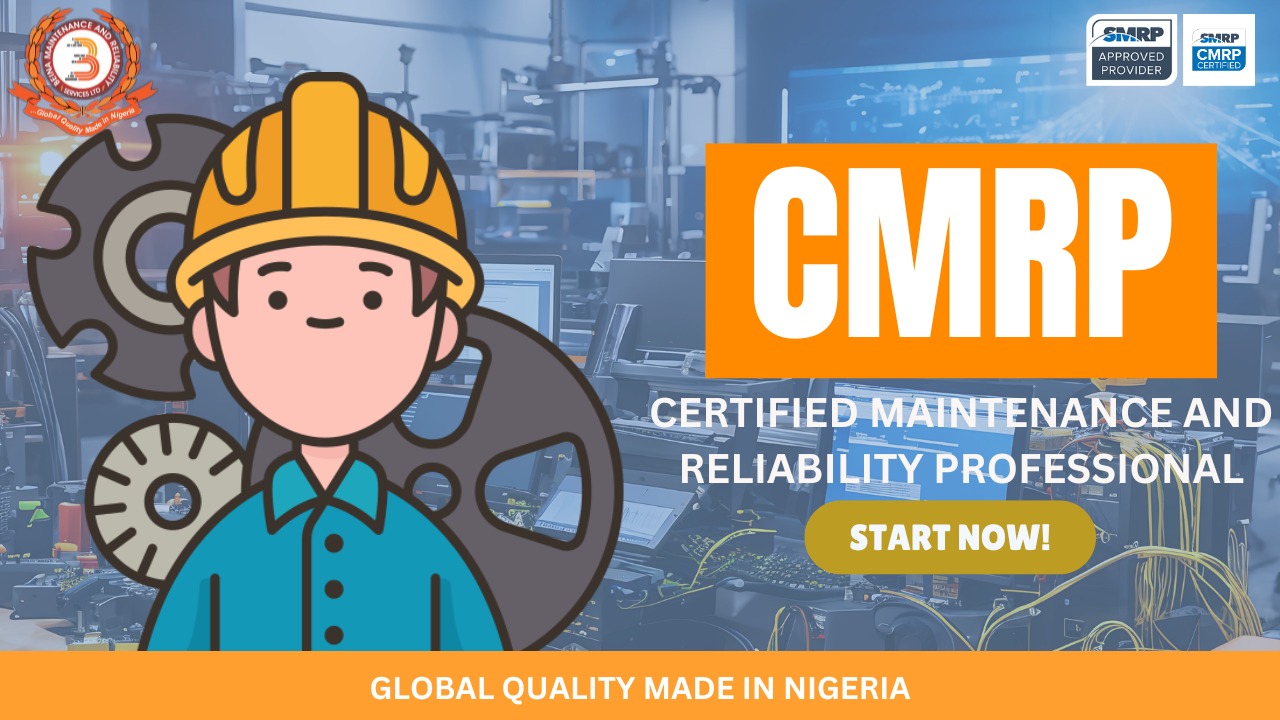
About Course
The Certified Maintenance & Reliability Professional (CMRP) program is the leading credential for certifying the knowledge, skills and abilities of maintenance, reliability and physical asset management professionals.
The CMRP is the only certification program of its kind accredited by the American National Standards Institute (ANSI), which follows the globally-recognized ISO standards for its accreditation purposes.
The test is a thorough examination of a broad scope of expertise measured against the universal standard. It was developed to assess professionals’ aptitude within the five pillars of the SMRP Body of Knowledge (BoK), which include:
Pillar 1: Business & Management,
Pillar 2:Manufacturing Process Reliability,
Pillar 3: Equipment Reliability,
Pillar 4: Organization & Leadership, and
Pillar 5: Work Management.
Course Content
INTRODUCTION
-
What CMRP entails
-
General Importance of CMRP
-
What Does This Certification Mean?
-
SAMPLE CMRP TEST
PILLAR 1.0 BUSINESS MANAGEMENT
PILLAR 2.0 MANUFACTURING PROCESS RELIABILITY
PILLAR 3.0 EQUIPMENT RELIABILITY
PILLAR 4.0 ORGANIZATION & LEADERSHIP
PILLAR 5.0 MAINTENANCE WORK MANAGEMENT
Student Ratings & Reviews


